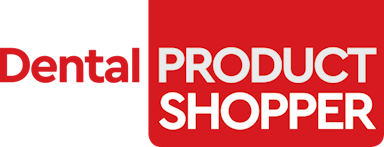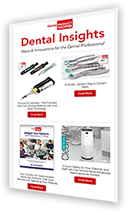Give edentulous and soon-to-be edentulous patients a reason to smile again—with a proven full-arch treatment solution that also builds your practice
After that, an intraoral scan captures the teeth and soft tissue, while a facial scan records the patient’s facial features and expressions. “Lastly, we do a series of photos, because once we digitize the patient, we want to make sure the design team, lab, and restorative doctors can do a facial analysis and a smile design for that patient in a predictable and repeatable fashion.”
The digital workflow also improves practice efficiency, especially when it comes to the surgery aspect of treatment. “I can do 2 arches from 7 to 9 am, and again starting at 10 am, and I’ll be done by noon,” he said. “Patients aren’t waiting around 2 or 3 hours for a chairside conversion, so it’s much better for them. It also frees up my surgery load, while still giving the restorative team enough time to print and process the provisionals.”
3. Open Up a New Revenue Stream
Offering All-on-4 allows you to provide a high-value service that appeals to a large, often underserved patient population. By reducing the number of implants needed and avoiding bone grafting, the treatment becomes more affordable without compromising quality.
“Why don’t more people get full-arch treatment? Because they can’t afford it,” explained Dr. Mehranfar. “It’s our job to come up with a process that reduces the margins and makes it affordable for doctors to incorporate this process, while also bringing the cost down for a population that can’t afford it.”
And for dentists already exploring digital dentistry, adding full-arch cases is a natural next step.
“Every office should have a cone beam CT and an intraoral scanner because they’re great diagnostic tools. And 3D printers have come a long way—they’re fast, predictable, and efficient. Now, I can print a full upper and lower All-on-4 prosthetic in 23 minutes."
4. Get Support from a Trusted Partner
Nobel Biocare pioneered the All-on-4 treatment concept and continues to refine it with high-quality components, digital innovation, and a robust educational infrastructure. Their comprehensive product lineup—from implants to final prosthetics—is built to work together seamlessly.
“I stay with Nobel because they’re the pioneers. All the literature is based on their work. Their process is incredible—every part, every component is dialed into microns, and their products don’t go to market unless they meet certain requirements,” Dr. Mehranfar said.
Those requirements include strict adherence to ISO 13485 standards, including a rigorous QA process designed to help minimize complications. The NobelProcera bridge, for example, is milled to within 25 microns of the submitted digital file—ensuring accuracy, consistency, and a high-quality final result.
“It’s not just about implants—it’s about the authenticity and the quality of the product and the workflow,” he advised. “Other companies don’t have total solutions from the implant to the prosthetic to the design and final lab work, but Nobel does.”






